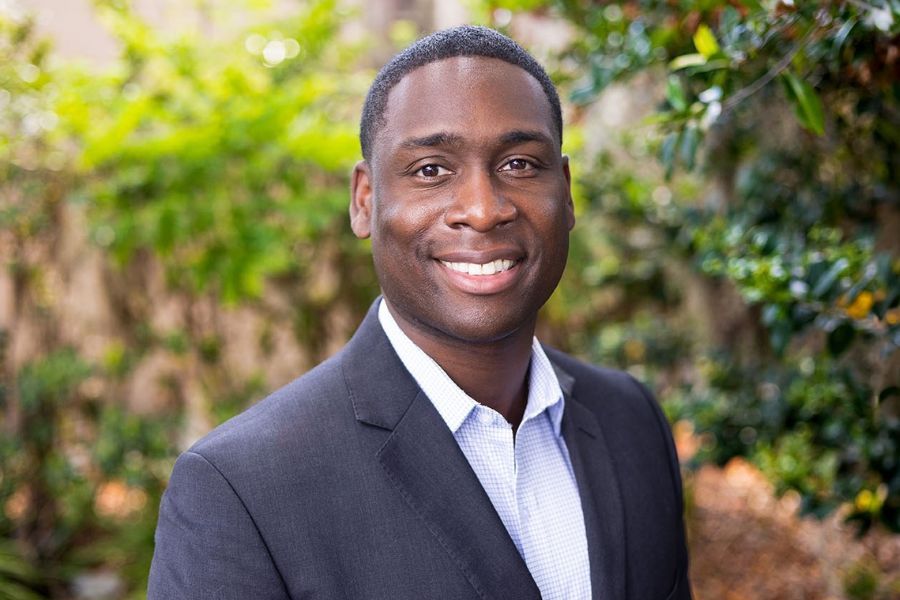Why these books could help increase your Social Security check

How many rules does Social Security have? Try 2,800-plus
People often ask me for recommendations of which books to read to enhance their knowledge of Social Security rules and claiming strategies.
I often refer readers to some old standbys — all available at Amazon.com for around $20 — including “Social Security: The Inside Story” (CreateSpace, 2014) by former Social Security Administration employee Andy Landis; “Social Security Strategies” (self-published, 2011) by Social Security Solutions founders William Meyer and William Reichenstein; and ”Social Security Essentials” (Social Security Timing, 2013) by financial adviser Dean Barber and Joe Elsasser, founder of Social Security Timing software.
Now, I am happy to add two new titles to my go-to list. “Get What’s Yours (The Secrets to Maxing Out Your Social Security)” (Simon & Schuster, 2015) by Laurence Kotlikoff, Philip Moeller and Paul Solman and “Getting Paid to Wait (Bigger Social Security Benefits — the Simple and Easy Way)” (Acanthus Publishing, 2015) by Brian Doherty.
Although the message of these two new books is essentially the same — the longer you wait to claim Social Security, the bigger your benefit will be — they also explain the various claiming strategies that can boost benefits in the interim, particularly for married couples. Employing the right claiming strategy can boost a couple’s lifetime Social Security benefits by $100,000 or more.
(More: How Social Security cost-of-living adjustments change benefits this year)
Neither of these new books offers claiming strategies beyond what my readers already know, but they lay out various scenarios in great detail and back them up with facts and figures.
“Getting What’s Yours” is the meatier of the two and is probably best suited to people who want to learn all of the ins and outs of Social Security claiming strategies as they apply to married couples, divorced spouses, widows and the disabled, as well as the restrictions that can reduce or eliminate Social Security benefits for public employees.
You may particularly like the book’s “50 good news secrets to higher lifetime benefits” and “25 bad news gotchas that can reduce your benefits forever.” These two lists distill an encyclopedic level of knowledge of Social Security rules into key factoids.
“Getting Paid to Wait” takes a more basic approach, explaining why it makes sense for most Americans to delay claiming Social Security until at least their full retirement age and possibly longer. The primary goal of the book’s strategies is to maximize the size of the higher-earning spouse’s Social Security benefit. The secondary goal is to pay the couple the highest amount of Social Security while they wait.
Mr. Doherty, who spent the last part of his 30-year financial services career focusing on retirement income security issues at New York Life, tackles the typical arguments people use to justify their decision to claim benefits as soon as possible and knocks them down one by one. His nine “Why wait factors” range from “You probably will live longer than you think” to “Social Security is not going anywhere any time soon.”
He notes that a 66-year-old man has only a 33% probability of dying before the break-even age 78. In other words, the odds are twice as high that a 66-year-old man will live up to and beyond age 78. For a 66-year-old woman, the odds are three times as high that she will live up to and beyond age 78 than die before then.
Mr. Doherty calls Social Security survivor benefits “potentially the greatest gift one spouse can give the other.” If the larger-earning spouse delays claiming Social Security until age 66 or 70, he will leave his surviving spouse in much better financial shape with a larger survivor benefit for the rest of her life even if he dies before collecting any benefits.
The message of waiting longer to claim Social Security benefits seems to be getting through to the American public. The percentage of people claiming their Social Security benefits at age 62 has been decreasing over the last 10 years. In fact, in 2012, the percentage of people who claimed their benefits at 62 was the lowest in almost 30 years. At the same time, 2012 marked the largest number of people who waited to claim their benefits until 66 in almost 30 years.
These two new books on Social Security rules and claiming strategies go a long way in educating the public about this important lifetime benefit. “Get What’s Yours” is a fun read with a slightly snarky tone that puts the absurdity of the program’s more than 2,800 rules into perspective. “Getting Paid to Wait” is an earnest appeal to consumers to think carefully about one of the most important financial decisions in their life.
Learn more about reprints and licensing for this article.








